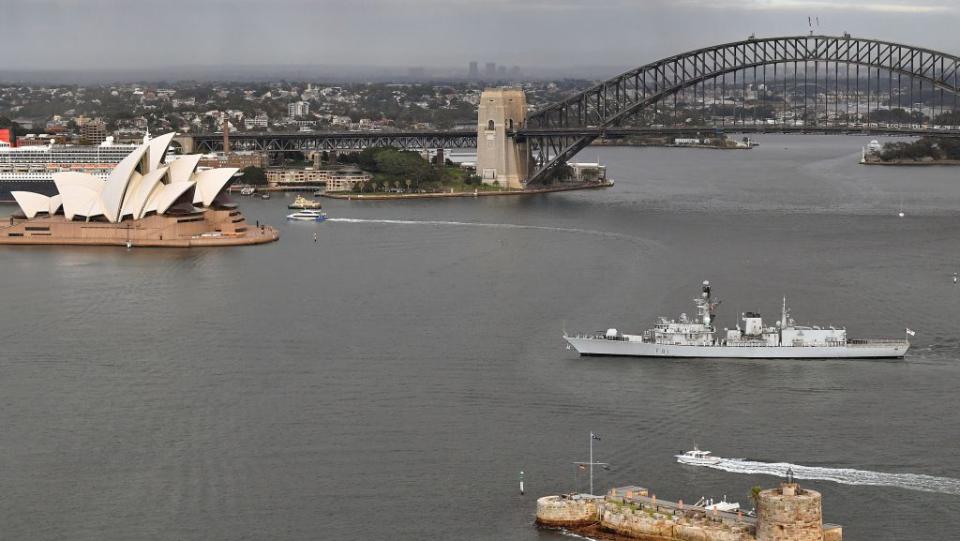Australia is spending $26 billion on new warships—with Chinese submarines in mind

Australia stresses the importance of good relations with China, its largest trading partner. But lately, its actions have spoken louder than words.
Today (June 29), with China’s furious production of submarines and other warships very much in mind—and its militarization of the South China Sea—Australia chose British defense giant BAE Systems to provide nine new frigates, in a deal worth $26 billion. The “Hunter class” vessels will provide the Royal Australian Navy with “one of the most advanced anti-submarine warships in the world,” said prime minister Malcolm Turnbull.
BAE claims the Type 26 warship, as it’s called, is the most modern design yet (paywall) for anti-submarine warfare. The British Royal Navy has also chosen the vessels for its own anti-submarine fleet.
The Type 26 ships have yet to be built. Under the deal, Australia’s will be produced locally at the Osborne Naval Shipyard in South Australia to help bolster the nation’s flagging manufacturing sector. State-owned ASC Shipbuilding will become a BAE subsidiary for the duration of the project. The ships will go into service in the late 2020s.
The BAE deal caps a month of rising tensions between Australia and China. Earlier this week Turnbull announced his government was investing $6 billion to acquire unmanned US spy drones. The six remotely piloted MQ-4C Tritons will be able to fly higher and further than the nation’s manned aircraft. They’ll be used for surveillance in the South China Sea and other areas.
Meanwhile, yesterday (June 28) the Australian senate passed laws that amount to the biggest overhaul of Australia’s security and foreign interference laws in decades. The new rules, coming amid mounting concerns of China influence over Australia’s political process, require lobbyists for foreign governments to identify themselves on a public register. Turnbull cited “disturbing reports about Chinese influence” last December.
Australia is also seeking to counter China’s rising influence in the South Pacific. Security experts warn that a China-funded mega-wharf in Vanuatu under development—big enough for warships—could leave the east coast of Australia vulnerable to attack. That’s not the kind of thing Australians are used to worrying about.
Beijing is known to use “debt-trap diplomacy” to help smaller countries build infrastructure projects (often of dubious worth). However, the projects end up saddling these countries with so much debt that, unable to pay, they might have to hand over strategic assets to China in return. One example is the strategic port on the Indian Ocean that Sri Lanka leased to China for a century last December.
Sign up for the Quartz Daily Brief, our free daily newsletter with the world’s most important and interesting news.
More stories from Quartz:
